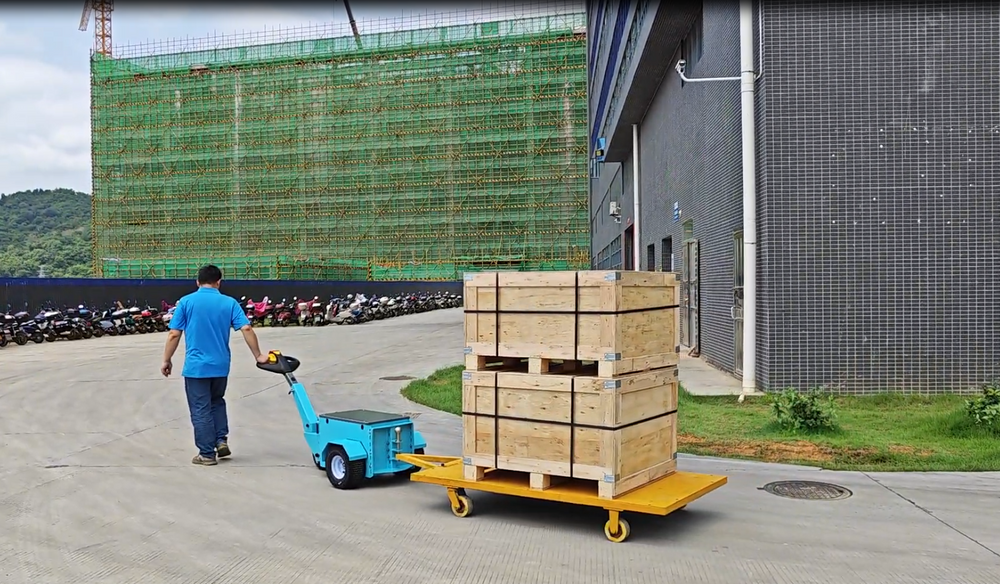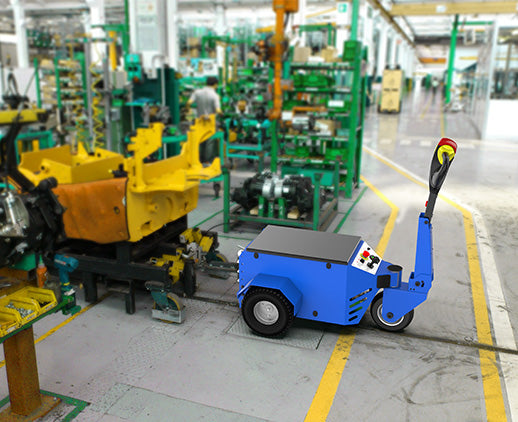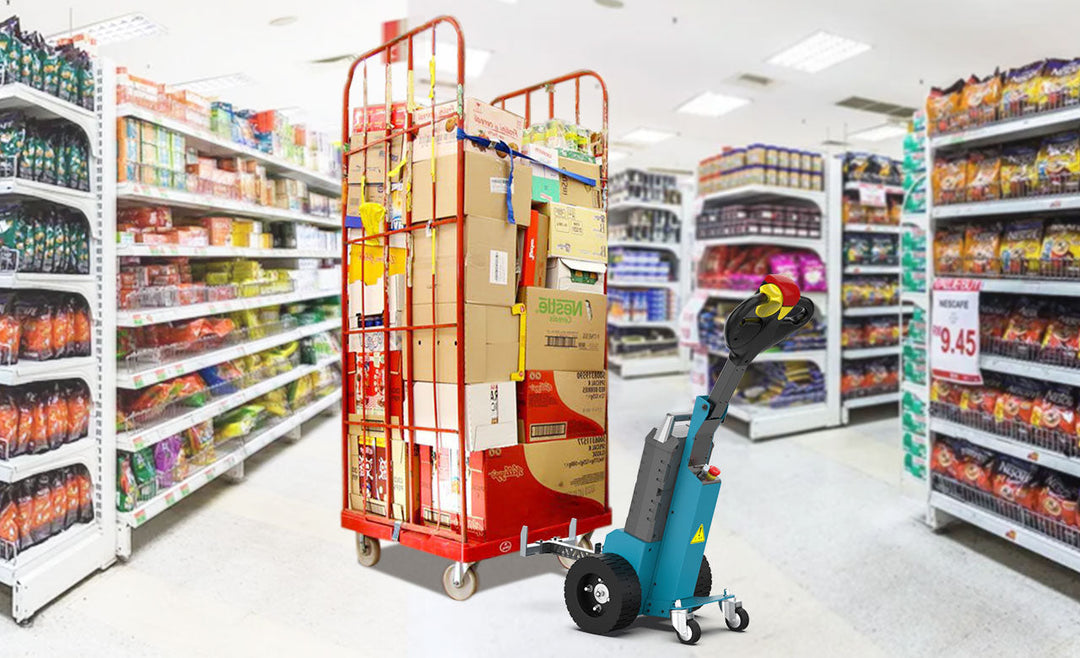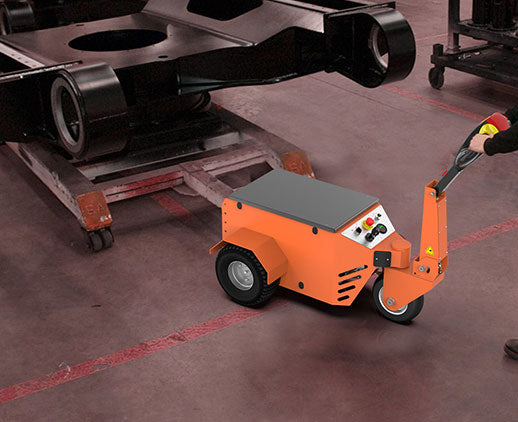How Fast Does a Tugger Go and What Affects Its Speed

Speed Categories of Tuggers
Tuggers can be divided into low-speed, medium-speed, and high-speed categories according to their scenarios of use or task requirements. Industrial tuggers, according to ISO standards, typically have a top speed of about 25 km/h. In warehouses, most electric warehouse tuggers are usually limited to a maximum speed of around 6-12 km/h, while moving outside they can reach up to 20 km/h.
Airport tuggers transporting large luggage typically run at speeds between 15-20 km/h, which helps maximize safety and stability. High-speed tuggers, used in automobile manufacturing plants, can reach speeds of up to 25 km/h when empty.
Speed Differences of Different Types of Tuggers
Tuggers are classified as electric tuggers, fuel-powered tuggers, and Automated Guided Vehicles (AGVs), with significant speed differences:
-
Electric tuggers: The top speed of electric tuggers is around 8-10 km/h, suitable for short-distance transport tasks in warehouses and workshops. For instance, a well-known electric tugger brand has a maximum speed of 9 km/h and can transport loads of less than 1,500 kilograms.
-
Fuel-powered tuggers: These are primarily used for longer-distance or outdoor transport, with a top speed of up to 25 km/h. They are typically employed for transporting large containers and can maintain an average speed of about 20 km/h even when fully loaded, thanks to powerful diesel engines that provide high levels of torque.
-
AGV Automated Guided Vehicles: AGVs are limited by navigation systems, generally operating at 3-5 km/h. Some warehouses deploy collision-prevention AGVs with a speed limit of just 4 km/h.
Key Variables That Affect Tugger Speed
Here are the key factors that influence how quickly tuggers operate in real life:
-
Load weight: The more load, the slower the movement. Research indicates that even though a tugger can move quickly, its speed is 20%-30% less when fully loaded compared to when empty. For example, a tugger carrying a load of 5,000 kilograms can see its speed reduced from its maximum operating speed of 15 km/h to just 10 km/h.
-
Work environment: Ground conditions and slope gradients also impact tugger speed. A tugger moves faster on flat ground but slows down significantly when going uphill. For instance, on a 5% incline, a tugger’s speed can drop from 20 km/h to just 12 km/h.
-
Battery or fuel levels: The amount of battery power in electric tuggers affects their speed. For example, when towing heavy loads in rough terrain, the speed may decrease by 10%-15% depending on battery capacity and charge levels. The top speed can drop to 6 km/h or lower when the battery is below 20%.
Tugger Speed and Safe Operation
Tugger speed is not only about efficiency but also crucial for operational safety. In narrow aisles or areas with high personnel density, tuggers should not exceed 5 km/h as per industrial safety operation codes. In areas such as hospitals and schools, tugger speed must not exceed 3 km/h.
In practice, one plant that implemented high-performance load carriers also enforced strict driving regulations, setting different speed limits for different areas. At the plant, tuggers are limited to 7 km/h in stockroom areas and can travel up to 20 km/h outdoors but must slow down to 5 km/h when making turns.













